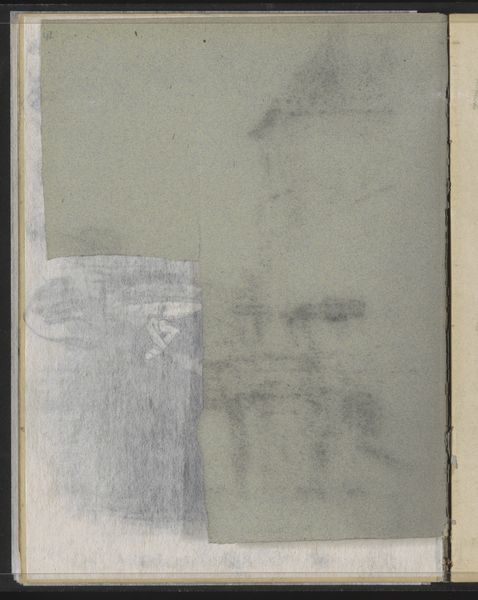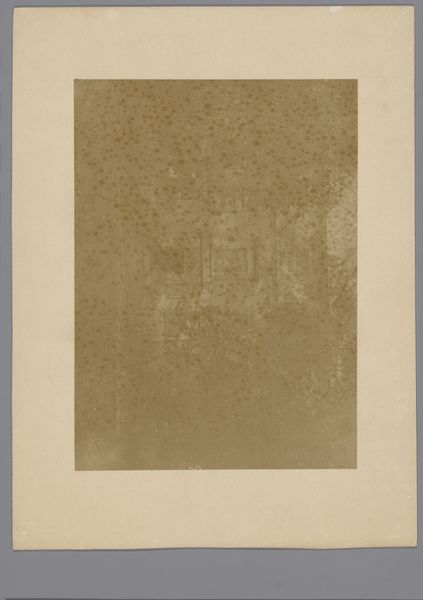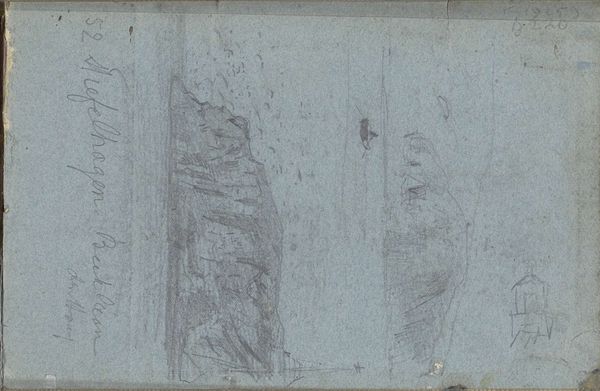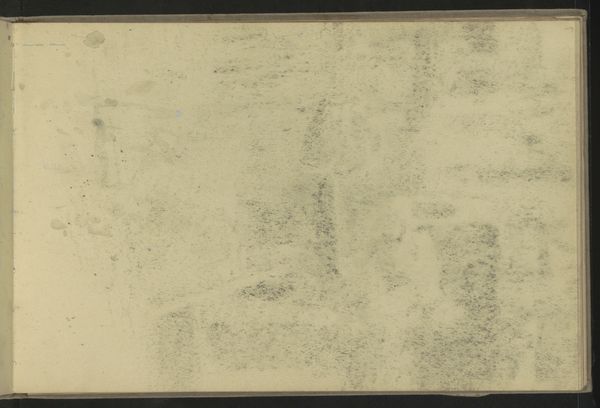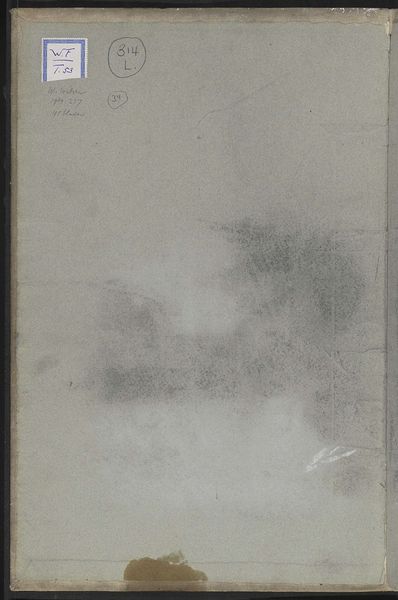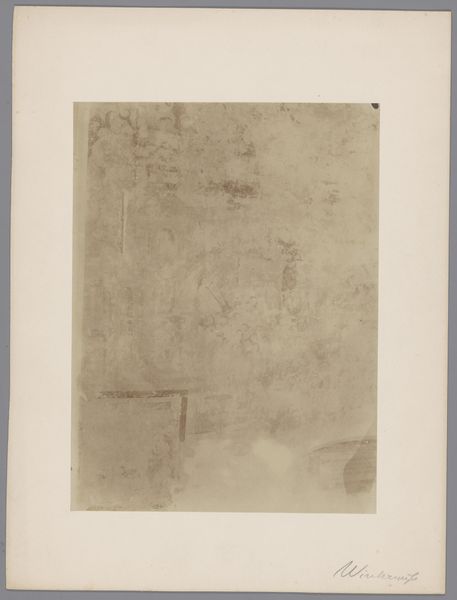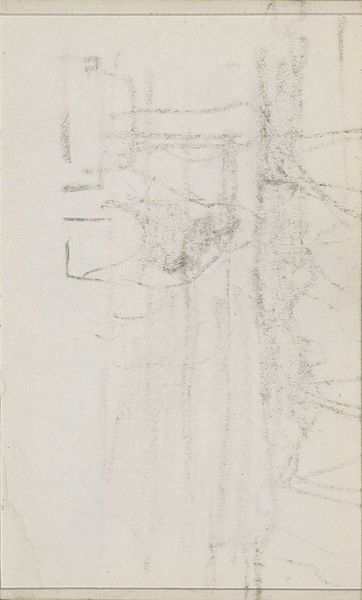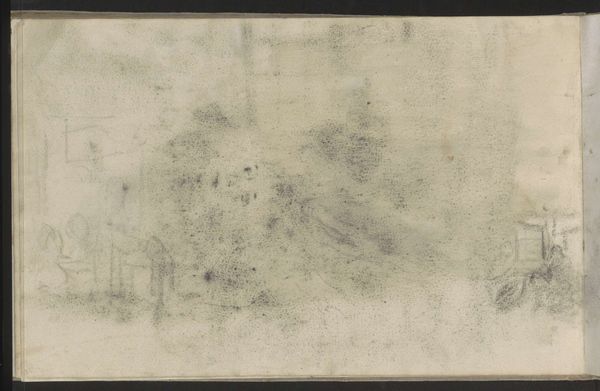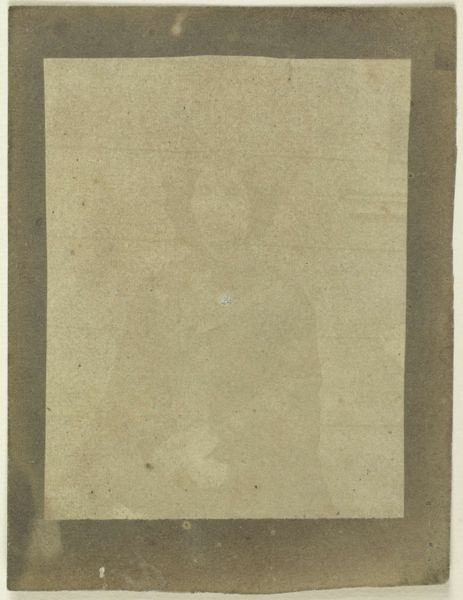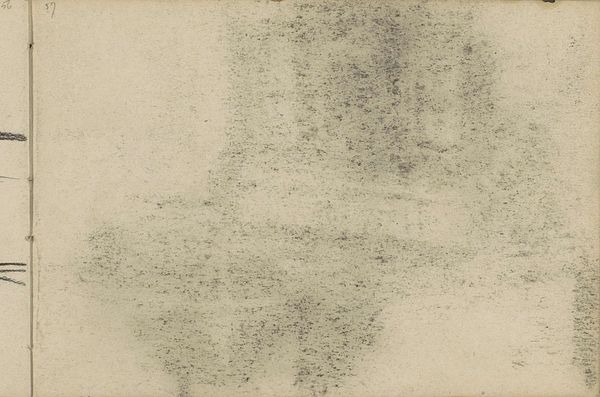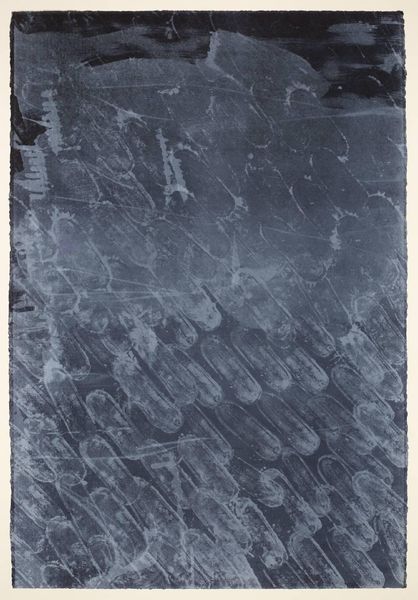
drawing, pencil
#
drawing
#
landscape
#
pencil
#
symbolism
#
cityscape
#
monochrome
Dimensions: height 170 mm, width 97 mm
Copyright: Rijks Museum: Open Domain
Editor: This delicate pencil drawing by Fernand Khnopff, titled "Schim van een vrouw voor een huis omringd door water," which roughly translates to “Reflection of a woman before a house surrounded by water,” seems incredibly muted. It’s like a faded memory. What can you tell me about it? Curator: It's interesting to consider Khnopff's choice of pencil here. Rather than the bold declaration of paint, the medium lends itself to subtlety, almost an ethereal quality. How might this relate to the idea of a "reflection" you noted, or even the status of women within that domestic space at the time? Editor: That's a great point about the pencil being key! The ephemeral nature almost hides the labor... Was there a perceived value in drawing over painting, and would this affect how the artwork was regarded in society back then? Curator: Precisely. Pencil drawings, due to their material accessibility and production speed, were often deemed 'lesser' than painting, placing them closer to craft. So, Khnopff choosing pencil complicates any easy distinction between 'high art' and everyday practice, also blurring the boundaries of what constitutes labor and leisure, especially in representations of domestic life like this. Look at the level of detail alongside the vast negative space – is that also commenting on production, or perhaps a certain absence of it? Editor: I see. Perhaps he is pointing out the perceived simplicity versus the actual, often invisible work, that went into art making or maintaining a home. Thanks for opening my eyes to that perspective. Curator: Of course. It also reminds us to consider what materials an artist *chooses*, how that informs its reception, and what statements are being made about class, gender, and the means of artistic production.
Comments
No comments
Be the first to comment and join the conversation on the ultimate creative platform.
